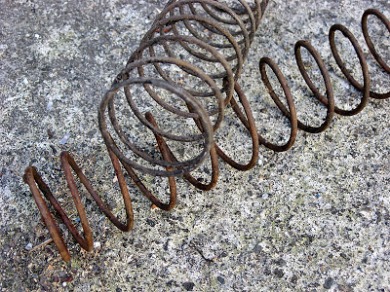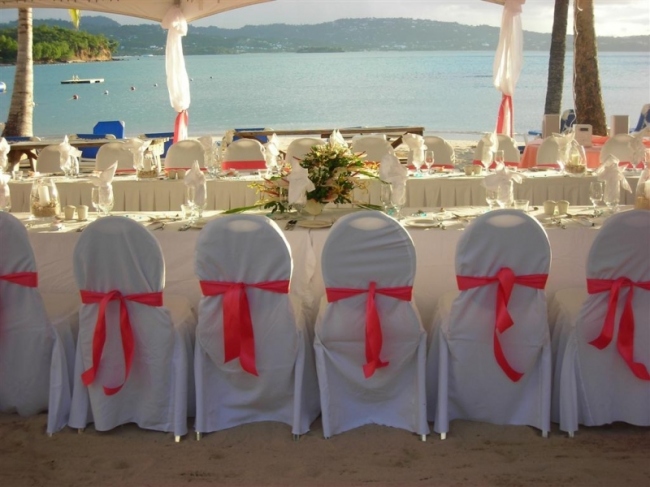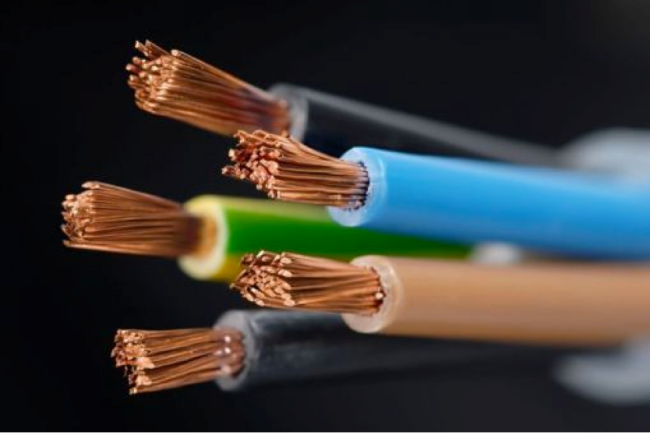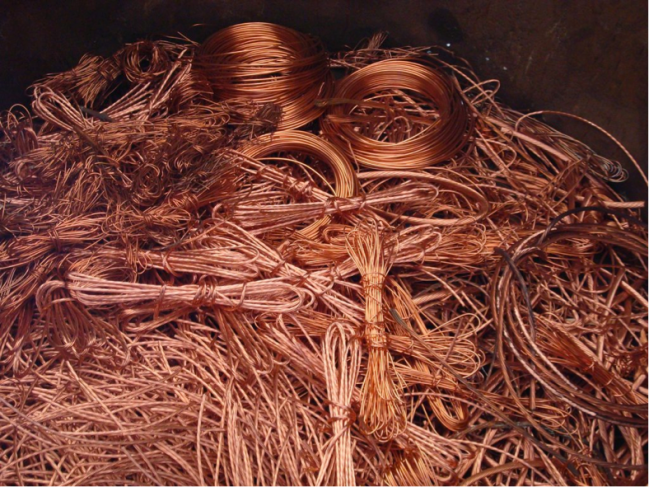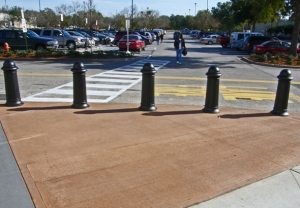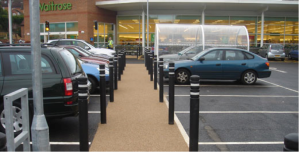These springs could’ve avoided this rusty fate had they been passivated.
In my industry, rust can be a real problem. Metal parts can corrode and ruin an entire machine, which can be very costly to replace for my company. I can’t afford to be replacing things all the time like that, which is why anything metal we use, I make sure it’s been passivated. If you’re scratching your head wondering what that means, I’ll explain it in a minute. The one thing you need to know, though, is that it prevents rust from forming and can extend the life of tools, machinery, and even cars.
I first learned about the process when I was doing side jobs and working with some tools that were old—they belonged to my father, and frankly we hadn’t taken the best care of them at times. We had been working on building a deck and left the circular saw out on the back porch, and the next thing we knew, we had to replace a rusty blade. Imagine having to do that on a much larger scale for a mechanical industry. The cost adds up fast, so it might be in your interest to look into metal passivation.
What is Passivation?
Passivation refers to making the surface of an alloy “passive” or non-reactive. In other words, even when exposed to the elements, like air, water, and salt, the metals wont corrode or rust.
How Does it Work?
If you want to learn how to passivate stainless steel, it can be accomplished a few different ways. Typically, it’s done with chemicals—more specifically, acid. The most common acids used to passivate metals are nitric acid and citric acid. Nitric acid requires employers to provide specific safety measures as well as safe handling products to their employees so that no one is at risk of chemical burn. The way it works is that the acid exposes chromium in the alloy to the air, and the two combine to create chromium oxide, which is a protective barrier between the elements and the metal underneath. Even if the metal becomes scratched after passivation, the barrier can reform, since all a scratch does is expose more of the chromium, which, as you now know, bonds with the outside oxygen. The only way passivation can be “cancelled out” so to speak is if another piece of metal gets stuck in it. Think of it as a sort of open wound—if you have a cut, you can put a bandage on it and it will heal, but if you have a splinter, you can’t just put a bandage over it, because something is still stuck and will prevent healing. It’s why your car doesn’t rust until it gets scratched—the paint was what was forming the barrier between the metal and the elements. Once that barrier is scraped off a non-passivated metal, that metal is at risk of being damaged from the elements.
What Are Its Benefits?
The benefits of passivated metal are many. First and foremost, as you can imagine, passivated metals are rust-resistant. Like an iceberg above water, any visible rust you see is generally about 30 percent of the total rust on something. Surface rust can mean that a metal part or tool is far more rusted out than it looks, which can be dangerous, especially in the case of if the metal we’re talking about is, say, somewhere on your car’s frame. Additionally, if you go the extra mile and get metals electropolished, the surface will be extra smooth and shiny. The smoothness can prevent stress breaks in metals—for example, with metals that have to bend and flex, like springs, rust can be especially damaging. The metal can become very brittle and snap prematurely. Passivating metal can extend its life by protecting it from all of that.
Who Uses It?
While you can probably imagine that a lot of automotive applications utilize passivation, there are other industries that use it as well. The medical industry uses it because, obviously, medical tools and devices need to be smooth, clean, and rust-free. Though it’s somewhat rare, rusty metals can transmit tetanus because rust traps the, which is why if you’ve ever cut yourself on a rusty nail, you probably went to get a tetanus shot.
The food and beverage industry uses it too, in order to keep machinery bacteria free—if surfaces aren’t totally smooth, bacteria can become trapped within the nicks and dings and contaminate food and drinks processed on the machines.
While passivation is generally more of a thing that companies and industries use rather than us regular folk—it seems more cost effective to just replace a rusty wrench than to get it passivated—it’s an essential part of the process that makes metals as safe and long-lasting as they are.

